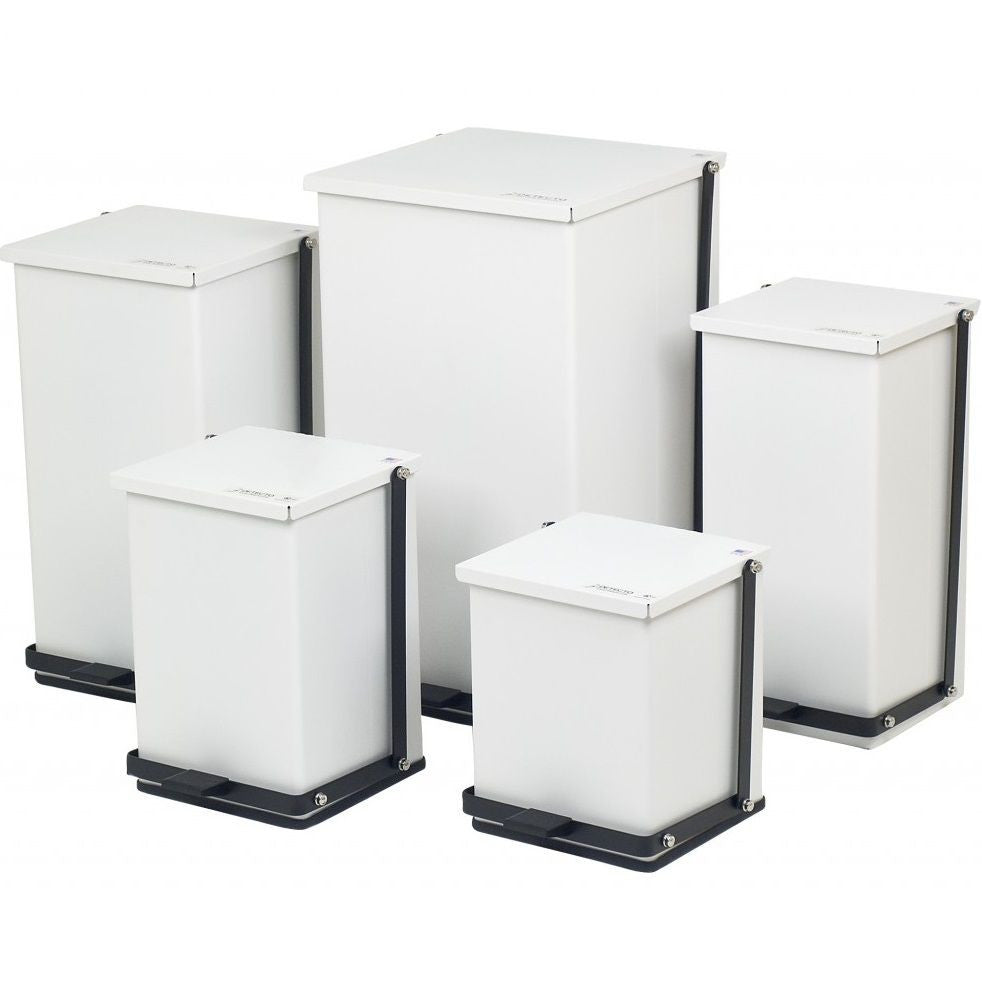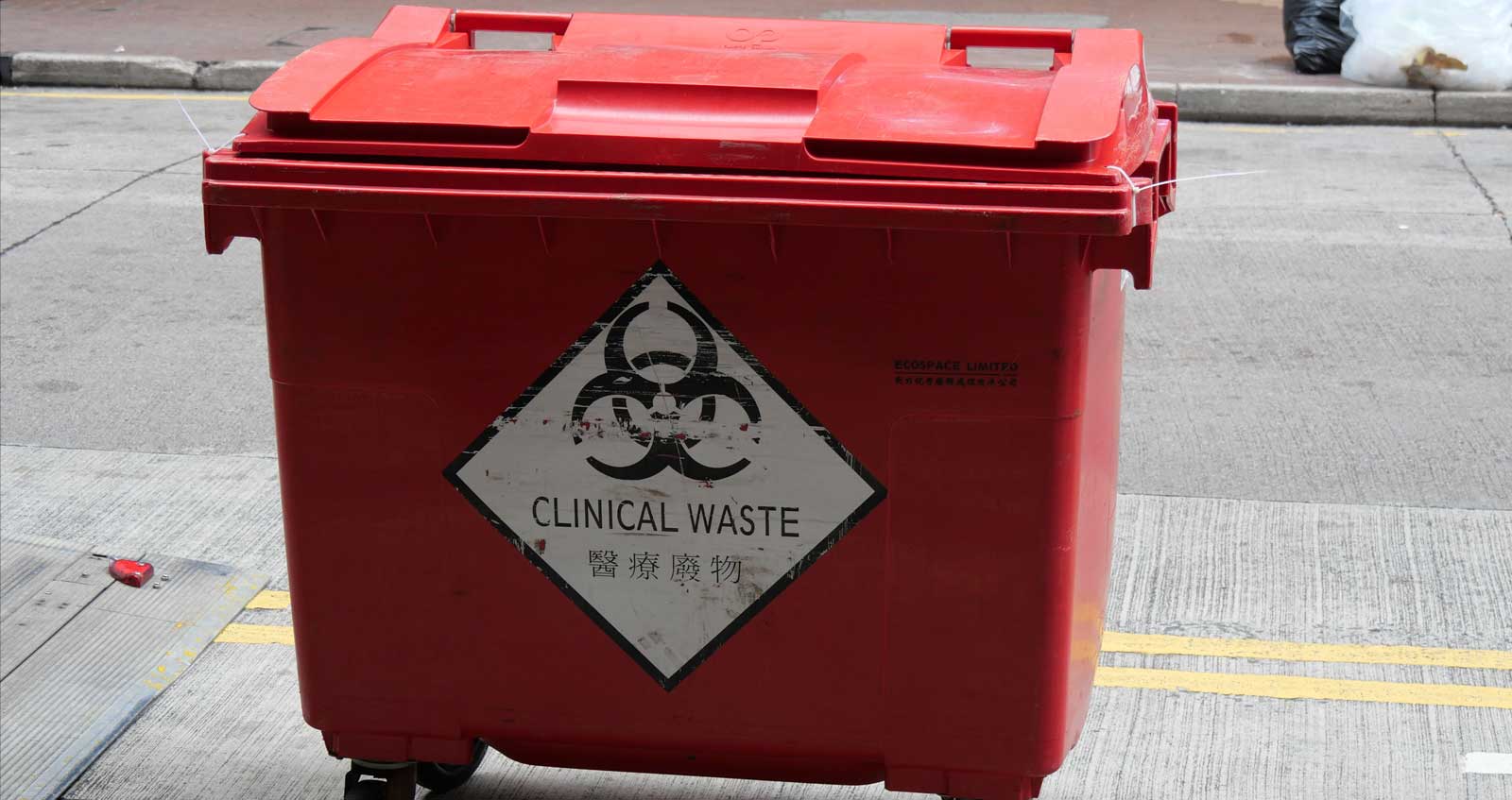Defending Health: Unveiling the Essence of Specialist Medical Waste Removal
Defending Health: Unveiling the Essence of Specialist Medical Waste Removal
Blog Article
Keep Ahead of Regulations: Specialist Guidance on Medical Waste Disposal
In a globe where the medical care sector is constantly advancing, it is crucial for medical facilities to stay ahead of guidelines when it pertains to the correct disposal of medical waste. With rigorous guidelines and regular regulatory adjustments, it can be testing to navigate the intricacies of this procedure. With experienced guidance, centers can make sure conformity and minimize threats associated with inappropriate waste disposal. From comprehending the various categories of medical waste to carrying out the best collection and partition approaches, this conversation will certainly provide important understandings and actionable suggestions to help centers remain ahead of guidelines in the ever-changing landscape of clinical waste disposal.
Recognizing Medical Waste Categories
Recognizing clinical waste categories is crucial for correct disposal and monitoring in medical care facilities. Medical waste refers to any waste produced by medical care activities that might pose a hazard to public wellness or the setting. It is crucial to categorize medical waste properly to ensure its secure handling, treatment, transportation, and disposal.
There are several categories of medical waste that health care facilities need to be acquainted with. The most common groups include transmittable waste, pathological waste, sharps waste, pharmaceutical waste, and chemical waste. Each classification has details standards and regulations for its correct management and disposal.
Pathological waste refers to human cells, organs, or body parts that require special handling and disposal. Pharmaceutical waste consists of expired, extra, or infected medications that require mindful handling and disposal.
Remaining Up-To-Date With Regulatory Changes
Staying present with regulative changes is essential for medical care centers to make certain conformity and appropriate management of clinical waste disposal. medical waste removal service. With laws continuously advancing, it is crucial for medical care centers to remain up-to-date to prevent charges, penalties, and potential damage to the atmosphere and public health
To remain ahead of regulatory modifications, health care centers must develop a system for monitoring and tracking updates. This can be done by signing up for regulatory e-newsletters, going to workshops and conferences, and proactively taking part in sector associations. Furthermore, centers should mark an employee or team liable for staying informed and disseminating details to relevant stakeholders.
Normal interaction with governing firms is likewise crucial. Healthcare facilities ought to develop partnerships with local, state, and federal firms to guarantee they recognize any changes in regulations that may impact their waste management practices. This can be done with routine conferences, involvement in public remark durations, and proactive engagement with regulative agencies.
Furthermore, healthcare facilities should consider partnering with waste monitoring business that focus on clinical garbage disposal (medical waste disposal services with WasteX). These firms are commonly fluent in the most recent guidelines and can provide guidance and assistance to make sure conformity
Carrying Out Proper Collection and Segregation Methods
To efficiently manage clinical waste disposal, health care facilities should develop correct collection and segregation approaches in accordance with governing guidelines. Executing these techniques makes sure the risk-free handling and disposal of possibly unsafe materials, safeguards the environment, and minimizes the threat of infections and injuries to medical care employees and the public.
Correct collection and partition techniques include additional hints making use of designated containers and labeling systems. Healthcare facilities ought to provide clearly labeled containers for various kinds of clinical waste, such as sharps, transmittable waste, pharmaceutical waste, and non-hazardous waste. These containers need to be color-coded and clearly marked to stay clear of complication and advertise simple recognition.
Furthermore, health care facilities should educate their personnel on the proper procedures for accumulating and setting apart clinical waste. This includes enlightening them on the various sorts of waste, the suitable containers to utilize, and the significance of following guidelines and standards. Regular training sessions and correspondence course need to be conducted to make certain that team member stay current on ideal methods.
In addition, healthcare facilities must establish a system for routine collection and disposal of medical waste. This might include partnering with accredited waste administration firms that focus on medical waste disposal. These companies will certainly guarantee that the gathered waste is carried and dealt with in compliance with regulative demands.
Choosing the Right Disposal Methods

Incineration is just one of one of the most common and effective methods for taking care of certain sorts of medical waste, such as pathological waste and sharps. It includes the controlled burning of waste at heats, lowering it to ash. Incineration can launch harmful contaminants into the air and contribute to air pollution.

Chemical treatment includes the usage of chemicals to disinfect and counteract the waste. Microwave treatment makes use of microwave energy to warmth and sanitize the waste.
Making Certain Compliance Via Documents and Training
After very carefully considering the appropriate disposal approaches for medical waste, healthcare centers should guarantee conformity with guidelines and lessen ecological effect by implementing reliable paperwork and training treatments. This action is critical in keeping a sustainable and secure setting for both medical care employees and the basic public.

Healthcare workers that take care of clinical waste ought to receive ideal training on waste partition, taking care of, and disposal procedures. By supplying detailed training, medical care facilities can empower their personnel to make informed choices and minimize the danger of inappropriate waste disposal.
Conclusion
To conclude, staying in advance of regulations in medical garbage disposal is crucial for healthcare centers. medical waste removal services. Comprehending the various groups of clinical waste, remaining updated with regulative changes, carrying out proper collection and segregation techniques, choosing the suitable disposal approaches, and making sure conformity with documentation and training are all vital steps. By complying with these guidelines, health care companies can efficiently get rid of and handle of clinical waste in a safe and liable fashion
From comprehending the various groups of clinical waste to applying the right collection and segregation methods, this discussion will certainly offer workable pointers and beneficial understandings to assist centers remain ahead of guidelines in the ever-changing landscape of clinical waste disposal. - medical waste disposal services with WasteX
The most common groups include infectious waste, pathological waste, sharps waste, pharmaceutical waste, and chemical waste. Medical care centers must give clearly classified containers for various types of clinical waste, such as sharps, contagious waste, pharmaceutical waste, and non-hazardous waste. Health care centers should develop a detailed system to record and track all facets of clinical waste disposal, consisting of types of waste generated, amounts, and disposal approaches utilized. Medical care employees that take care of clinical waste ought to obtain appropriate training on waste partition, taking care of, and disposal procedures.
Report this page